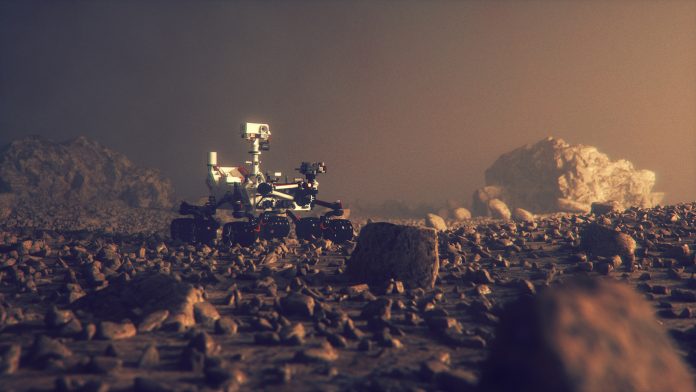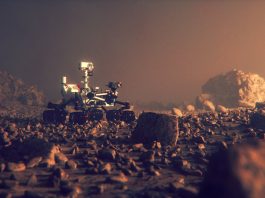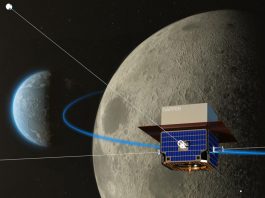The Science and Technology Facilities Council has received funding to develop the concept design for Europe’s first facility for extra-terrestrial samples.
Over the next 10 years, the international space community has at least eight missions planned to return extra-terrestrial samples from Mars and asteroids.
As well as the time that goes into designing and building the missions, another big challenge that must be overcome in preparation for the return of these extra-terrestrial samples, is the planning of what will happen to the samples when they return to Earth.
Studying extra-terrestrial samples
Now, the UK Space Agency has funded the Science and Technology Facilities Council’s Rutherford Appleton Laboratory (RAL) to undertake architectural feasibility study for the development of a tailored, dedicated facility for the preparation, characterisation, and examination of untouched extra-terrestrial samples.
Dr Emma Johnson, Principal Project Manager, RAL Space explained: “This facility must be fully operational by the time Mars samples are returned to Earth in 2031. This means we have a window of opportunity to work with the planetary science community to design the best facility for curating and analysing these precious materials. This study enables us to move forward and work towards making this new facility a reality.”
It is hoped that sample return missions will transform planetary science, taking it from analysis by space instrumentation – which are restricted by power and mass – to analysis utilising more advanced methods on Earth.
A first of its kind facility
The planned Curation and Analysis Facility for Extra-terrestrial Samples would be the first of its kind in Europe and would offer international scientists the opportunity to study this precious material.
The highly anticipated facility would be constructed at the Rutherford Appleton Laboratory in Oxfordshire and situated alongside a set of powerful analytical facilities.
Some of these facilities are currently utilised for the comprehensive study of extra-terrestrial samples such as, the Diamond Light Source, and the ISIS Neutron and Muon Source. RAL Space, which is leading the study, is the UK’s national space laboratory with participation in more than 210 space instruments, such as missions to all the inner solar system planets, the Saturnian system and comets.
Supporting planetary science of the future
Sample return missions could mark a real critical moment in planetary science, allowing scientists to look at extra-terrestrial material in greater detail than ever before. Dedicated facilities to obtain the samples will make certain that scientists can get the most out of these limited samples by utilising technology and expertise that cannot be sent into space. Thus, this will aid scientists in furthering their understanding even further regarding the formation and advancement of the Solar System.
The study coordinated by RAL Space will generate an architectural study for a new 2,400m² Curation and Analysis Facility for Extra-terrestrial Samples. Additionally, the study will allow RAL Space to take forward the proposal to construct the novel facility in order to fill this crucial gap in Europe and help to facilitate the development of UK planetary science in the future.









